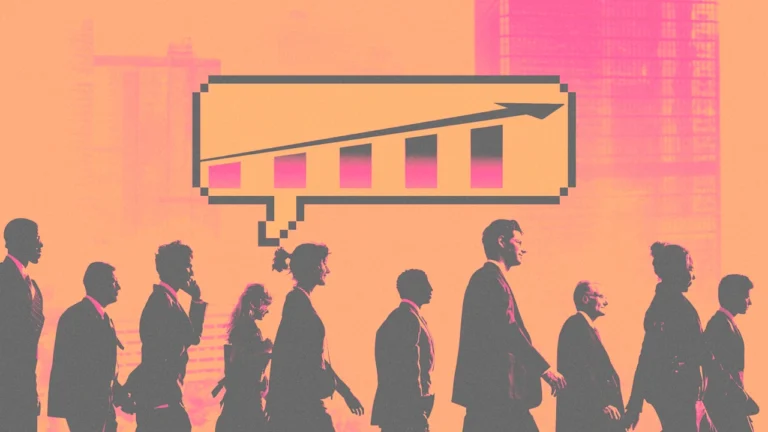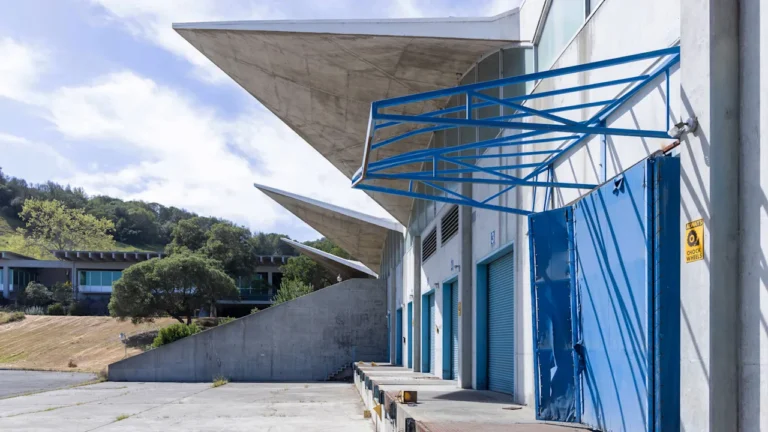
Declining sales, falling profits, and job cuts have made for a tough first half of the year for the luxury sector. Yet two new initiatives from two of the world’s best-known luxury brands highlight some fundamental principles that must now shape luxury’s new direction of travel.
The first is the opening of The Louis—a boat-shaped concept shop opened by luxury fashion brand Louis Vuitton.
The outside of the store resembles the main body of a ship wrapped in a metallic monogram with a silvery LV-styled anchor dropping from its front to the ground. The inside is styled to resemble the kind of LV travel trunks once used for transoceanic voyages.
The second is Mystery at the Grooms—an immersive escape room-style, mystery game experience launched by Hermès at Pier 36 in Manhattan, New York.
For 10 days, visitors took on the role of Hermès detectives to solve an equine mystery concerning missing horses—the horse being a central symbol of the brand—as they pass through six themed rooms, each featuring unique Hermès pieces.
What these two initiatives have in common says much about the current state of luxury and where luxury is heading.
Decline before renewal
For a while now, luxury has been in decline.
In May, Chanel announced revenues down 4.3% in 2024 and operating profit down 30%. Burberry reported sales down 12%, operating profit down 117%, and plans to slash around 20% of its workforce —1,700 roles—to streamline costs.
Meanwhile, LVMH revealed it will cut its workforce at wine and spirits business Moët Hennessy by 10%—1,200 people. And Rolex was one of a number of luxury brands raising its prices due to the soaring price of gold.
A downturn in luxury has been evident for some time now, driven by the changing wants and needs of younger luxury shoppers, luxury brand owners’ struggle to stay relevant, and the maxing out of traditional brand strategies which typically revolved around exclusivity.
Combined with the negative impact of COVID lockdowns, growth markets for luxury started to slow as they began to mature. For example, after tripling in size from 2017 to 2021, China’s luxury market fell back significantly when it slowed to 2020 levels in 2024.
What we are now seeing, however, is a shift before a likely renewal.
Luxury is changing, and as it’s changing, it’s paving the way for these brands to once more prosper. And the evidence lies in two emerging trends: experience-led luxury and quiet luxury.
Experience-led luxury
The Louis and Mystery at the Grooms are examples of luxury brands reinventing the luxury experience, while tapping into the recent design trend for heritage with a dash of nostalgia.
Traditionally, a luxury brand’s brand experience was all about exclusivity, price, and craftmanship, with the luxury product a symbol of wealth and success. Increasingly, it’s about a kind of inclusivity—immersive, visually accessible, and yet still requiring a certain amount of “being in the know.”
Luxury brand pop-ups such as Dolce & Gabbana sun loungers and Dior-branded buoys at luxury hotels around the world this summer demonstrate brands’ desire to showcase their brand universe more widely and, by doing so, be seen as more accessible. Meanwhile Estee Lauder collaborated with high-end French patisserie Laduree earlier this year on a limited edition makeup range, offering a tactile and visually immersive experience in stores.
For LV, it’s playing into the brand’s heritage by rooting it in contemporary lifestyle and culture. So, The Louis isn’t tucked away in a high-end enclave, it’s at the front plaza of HKRI Taikoo Hui, a shopping mall in central Shanghai.
For Hermès—a luxury brand catering to the very wealthy rather than the merely well-off—it’s about showing up across the digital and physical worlds in a joined-up way that expresses both its long-standing craft heritage and brand personality.
Quiet luxury
Once, luxury brands played into people’s desire to peacock by being seen to wear a particular label and do so loudly. Now, this has given way to the opposite: quiet luxury.
Obsession with labels, which peaked in the 1990s, has been replaced by desire for the understated luxury epitomised by The Row, Joseph, and Maison Margiela—a brand underpinned with an “if you know, you know” ethos that’s won cult following both east and west. These brands cover the spectrum from high-end avant-garde elegance to everyday “essentials” crafted with aesthetic care and sensibility.
New luxury subsets have also emerged in related areas such as health, say Sakara Life looking to define luxury wellness, or the Oura smart ring taking a tech-forward approach, and Augustinus Bader aiming for high tech, clean, sustainable luxury.
Meanwhile, quiet luxury’s rise looks set to be a long-term trend. Today’s Gen Z luxury consumers value experience over product as they perceive luxury as “striving more for self-narration than material possessions,” one recent study shows.
Tomorrow’s luxury
Arguably, how best to navigate the blurring of lines, in particular, between what sets different luxury brands apart, and what’s luxury and not, is now one of the most interesting issues the luxury sector faces today.
In luxury fashion, for example, it used to be easy to caricature the different looks and styles of the products from different leading luxury fashion brands and creative directors. Now, the question is how to differentiate most effectively for new ad changing audiences.
For luxury brands, the answer lies in a change in direction—from being exclusive and product-led to becoming more accessible and experience-driven. In a market currently predicted to deliver revenue in personal luxury goods of just under $500 billion in 2025 while growing annually almost 3% by 2030.
A brand’s willingness and ability to lean into next-gen luxury consumers’ desires and lifestyle, craft brand experiences that are emotionally resonant and not just functional, and reimagine their brand heritage into something timely and relevant will dictate tomorrow’s winners.
Sairah Ashman is global CEO of Wolff Olins.


